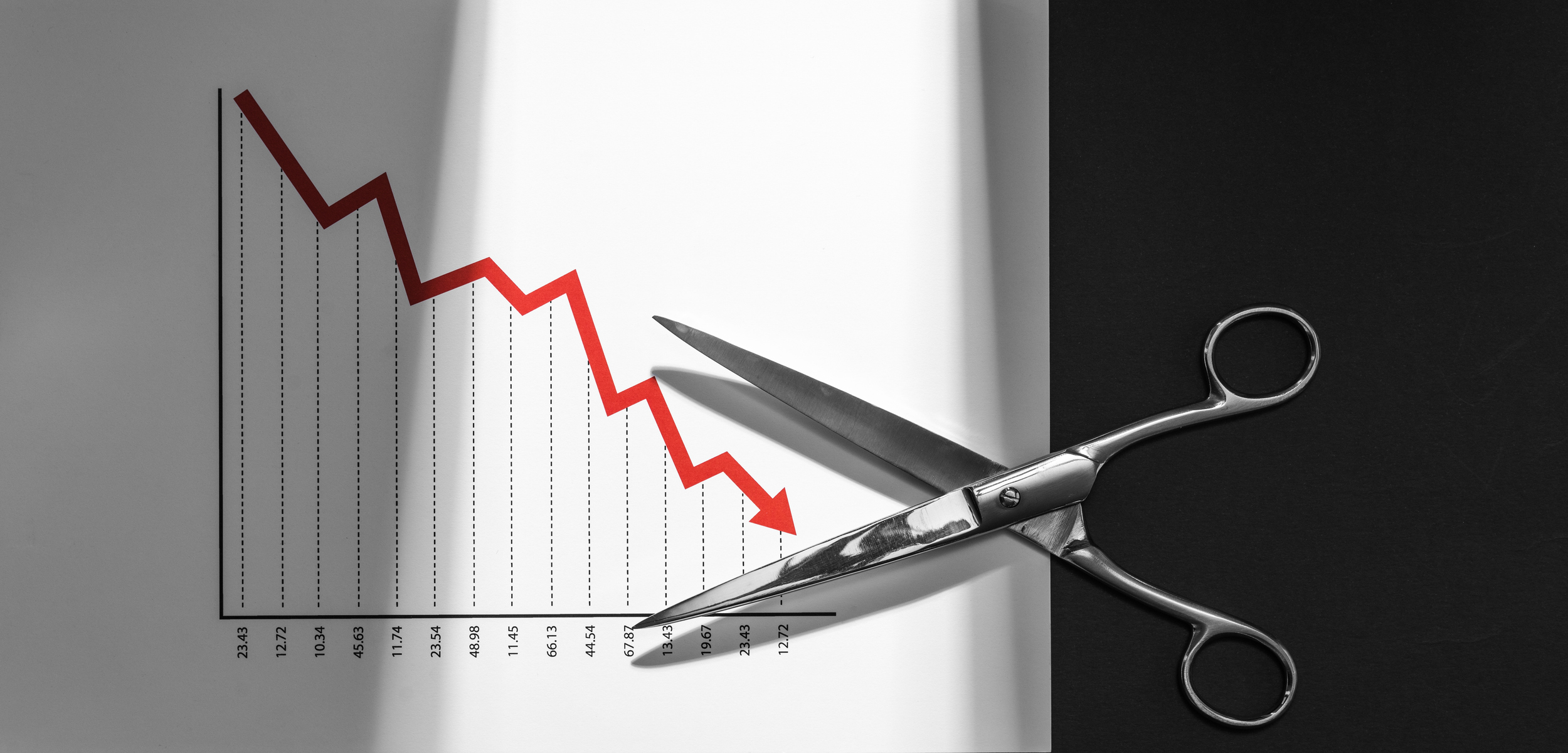By government order, most of Washington’s public and private schools are closed to in-person instruction, limiting students to online learning only. School district administrators must follow the recommendations imposed by the Department of Health’s “Decision Tree” which state officials issued on August 5th. This “Decision Tree” mandate was developed after receiving considerable input from Washington’s public school leaders, and executives from the powerful WEA union.
The Department of Health officials now say schools must stay closed to in-person instruction until daily new cases of the virus fall below about 5 daily cases per 100,000 people, or 75 cases per 100,000 people over two weeks. The mandate takes no account of the better therapies now available for treating COVID-19, the state’s falling hospitalization rate or the improved fatality rate. Instead, the focus is on the raw number of cases reported, rather than the true impact COVID is having on public health.
New research from the UW’s Center on Reinventing Public Education (CRPE) shows five-daily-cases-per 100,000 formula sets an unreasonably low threshold.
On September 10th CRPE released a new analysis, showing that Washington’s arbitrary threshold for reopening schools is far more stringent than that of other states and even of other countries.
Here is what CRPE scientists say:
“The Harvard Global Health Institute suggests school systems prioritize in-person instruction for most students when daily cases fall under 10 per 100,000 people, subject to health and safety recommendations.
“Washington recommends [middle schools] begin to reopen and offer some in-person instruction when counties have fewer than 75 cases per 100,000 people over two weeks, or about 5 daily cases per 100,000 people. This is a standard at least twice as stringent as Harvard’s, and basically guarantees schools will not reopen until the virus has virtually disappeared.”
CRPE shows Washington’s standard is significantly more restrictive than that of other states. For example, Connecticut recommends in-person instruction when daily new cases fall below 25 per 100,000 people, a standard that is five times more open than Washington’s. Arizona recommends schools partially reopen when daily cases are equivalent to 7 daily cases per 100,000 people. Iowa recommends schools reopen unless the COVID-19 positivity rate exceeds 15 percent, a rate three times more open than recommended by the World Health Organization.
Officials in four states — Texas, Arkansas, Florida and New Jersey —allow in-person instruction regardless of coronavirus transmission rates.
Students themselves are questioning why their access to in-class education is being cut off.
Adeline Roza, a high-school senior at Seattle Prep, notes that Washington’s threshold for reopening high school is the most restrictive of all, at less than 2 daily new cases per 100,000, or 25 cases per 100,000 people every two weeks. In The Seattle Times Ms. Roza makes the following astute observation:
“My sense is that the high school reopening threshold is impossibly low.”
She is right. Washington’s leaders have established an impossibly low standard for reopening the high schools, and also the middle schools.
The problem lies with the funding model for public schools and the political influence of the WEA union. School employees collect their pay and benefits even when schools are closed; they have little financial incentive to return quickly to in-person instruction. WEA union president Larry Delaney recently said it is ok if kids fall behind:
“ Across the country everyone has missed certain learning. So if everyone is ‘behind,’ I guess no one is behind….”
The CRPE analysis shows that the union leader’s statement is untrue. Schools in other states and countries are reopening their schools to in-person instruction, and Washington’s children are falling behind. The opportunity gap between low-income, minority children and their peers is increasing, and the overly stringent rules developed by the Department of Health under union pressure, are to blame.
The virus crisis has delivered a tough reality lesson about how decisions are being made affecting the education of the 1.2 million children in the public and private schools. The Department of Health and the WEA union have decided that most schools will remain closed until the virus is extinguished, regardless of declining severity or impact on public health. That is likely a standard that will be impossible to meet.




